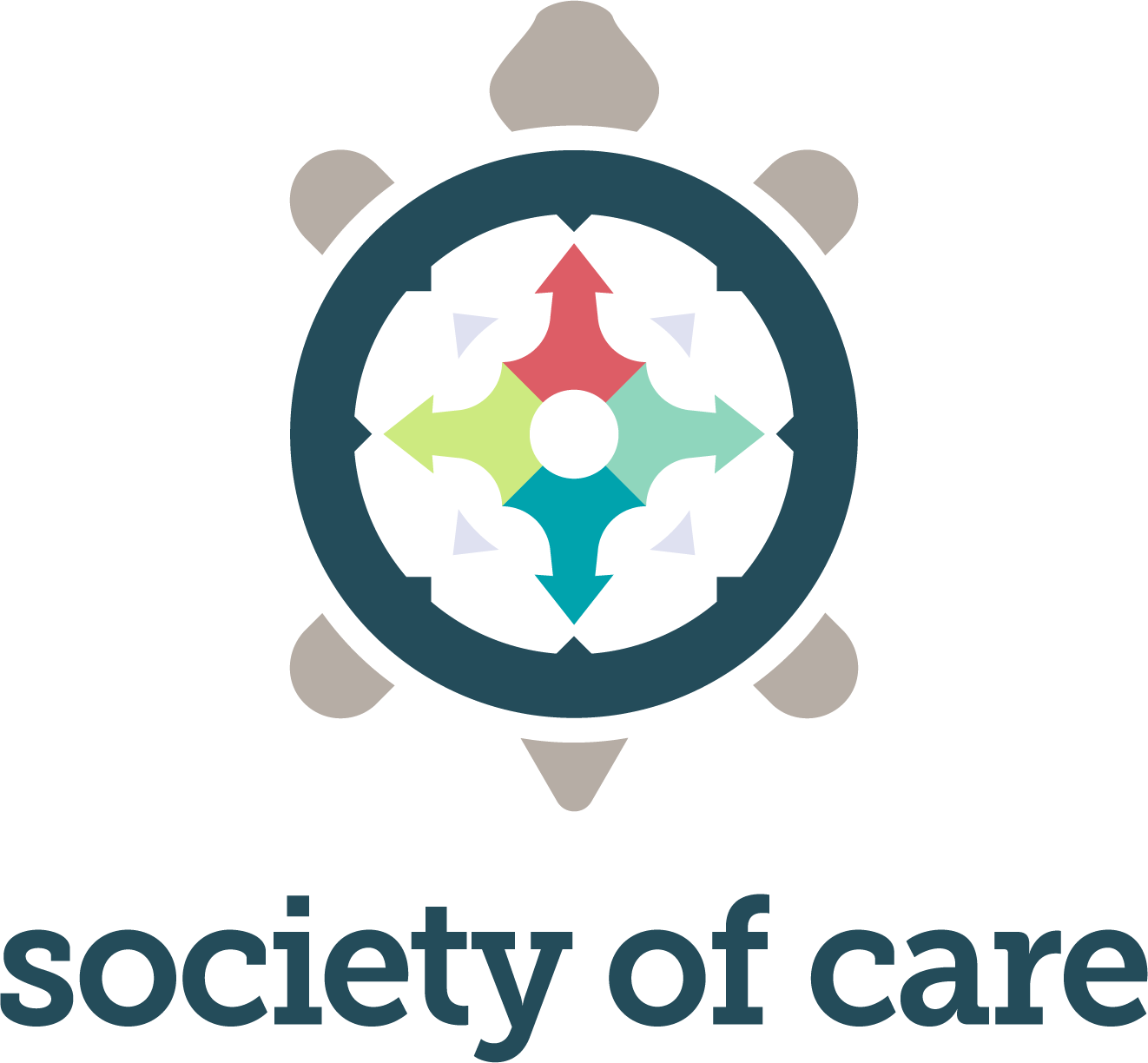Internal Events Form
Submit Your Event – Help Us Elevate Every Experience
Public events are one of the most powerful ways we connect with our community, build trust, and deliver real value to the people we serve. Whether it's a workshop, wellness fair, training, or celebration, each event is a reflection of our mission and the quality of our work.
This form helps ensure your event gets the visibility it deserves by collecting all the key details needed to promote it clearly, professionally, and effectively. By submitting your event information early and completely, you help us increase turnout, reduce last-minute questions, and present a consistent, polished presence on our website and promotional channels.
Let’s make every event count—and make it easy for the public to find, attend, and benefit from what we offer.
Don’t miss the tips at the bottom of this page—they’re designed to help you plan events with greater impact, higher attendance, and stronger community engagement.
Event Submission
Event Planning Tips for Bigger Impact
Hosting a great event starts with a great plan. These quick tips are here to help you boost attendance, create a better experience for your audience, and make each event more valuable—for both the public and our organization. Use them as a guide to plan with purpose and make your event stand out.
🗓️ 1. Start Early
- Submit event details at least 3–4 weeks in advance. This allows for better promotion and higher attendance.
- Include flyers or promotional graphics if available. If not, request help from the communications team.
📣 2. Know Your Audience
- Who is this event for? Be specific: families, seniors, teens, professionals, caregivers, etc.
- The more clearly you define your audience, the better your event title, description, and promotion will perform.
✍️ 3. Write a Compelling Event Title & Description
- Title should be clear, short, and action-oriented:
- “Free CPR Training – Learn Life-Saving Skills”
- “Family Wellness Fair – Games, Screenings & Free Lunch”
- Description should include:
✅ What’s happening
✅ Who it’s for
✅ What they’ll walk away with
✅ Why it’s worth their time
📍 4. Location, Location, Location
- Make sure the venue is accessible (ADA-compliant, clear signage, parking info).
- Consider public transit access if applicable.
- Include full address with zip code to ensure proper display on maps and calendar.
⏰ 5. Timing is Everything
- Avoid event overlap with other community or internal events.
- Lunchtime, early evenings, and Saturdays often get the best turnout.
- If the event has multiple sessions or a come-and-go format, be clear about that.
📸 6. Make It Visual
- Include images from past events if you have them.
- Ask someone to take photos (with consent) to use in future promotions.
- Great visuals boost turnout and make follow-up communications more engaging.
💬 7. Use Simple Language
- Avoid acronyms or insider language.
- Write for a 6th–8th grade reading level. Assume your audience doesn’t already know what your program does.
🎁 8. Add Value
- What makes this event memorable or useful?
- Free refreshments
- Health screenings
- Local giveaways
- A guest speaker
- Hands-on activities
- Resource packets or follow-up materials
🤝 9. Promote Through Partners
- If relevant, notify schools, churches, or local nonprofits who serve the same population.
- Encourage them to share the event.
📲 10. Maximize Digital Reach
- If you’re promoting on social media, tag relevant local pages.
- Include a short, engaging caption and use local hashtags.
- If registration is required, make the link easy to find and mobile-friendly.
💡 Bonus Tips
- Collect feedback at the event to improve future efforts.
- Send a thank-you email or follow-up materials to attendees.
